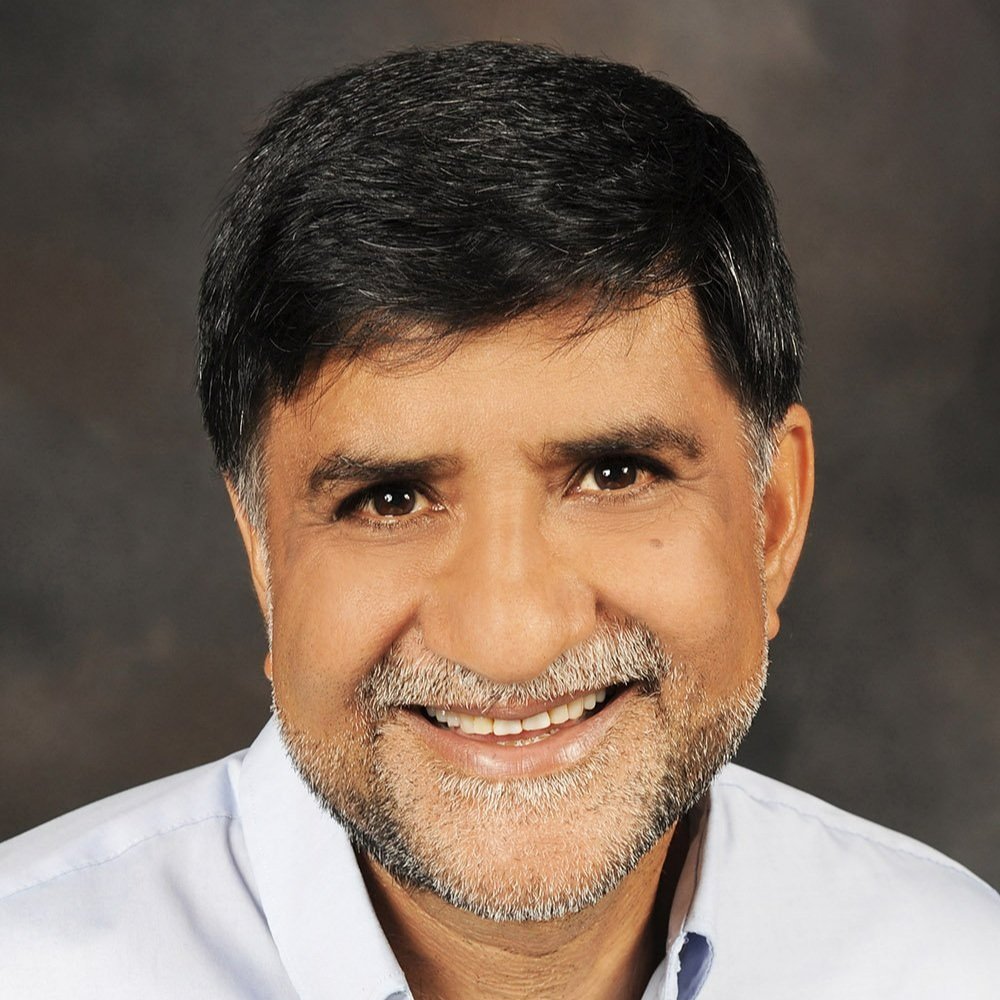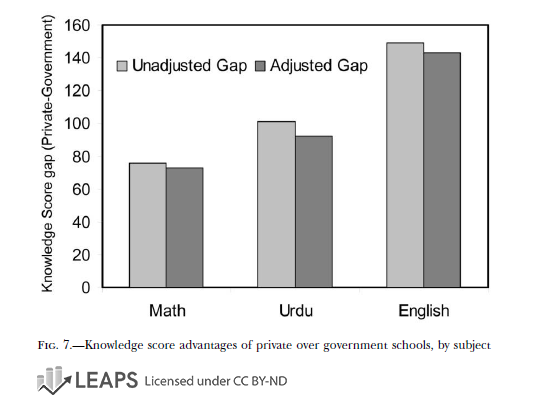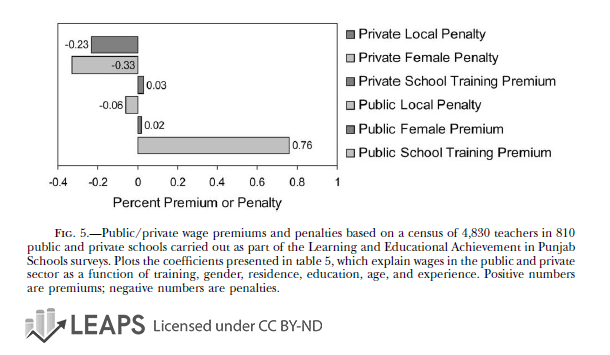A Dime a Day: The Possibilities and Limits of Private Schooling in Pakistan
Summary: This paper looks at the private schooling sector in Pakistan. Using new data, the authors document the phenomenal rise of the private sector in Pakistan and show that an increasing segment of children enrolled in private schools are from rural areas and from middle-class and poorer families. The key element in their rise is their low fees. They hire predominantly local, female, and moderately educated teachers who have limited alternative opportunities outside the village. Hiring these teachers at low cost allows the savings to be passed on to parents through low fees. This mechanism - the need to hire teachers with a certain demographic profile so that salary costs are minimized - defines the possibility of private schools: where they arise, fees are low. It also defines their limits. Private schools are horizontally and vertically constrained in that they arise in villages where there is a pool of secondary educated women and are unlikely to cater to the secondary levels in rural areas.
Citation: Andrabi, Tahir, Jishnu Das, and Asim I. Khwaja. 2008. “A Dime a Day: The Possibilities and Limits of Private Schooling in Pakistan.” Comparative Education Review, 52 (3): 329-355.
Jishnu Das
Tahir Andrabi
Asim Khwaja
Study Design and Findings
Pakistan’s education performance is poor, both in absolute terms and relative to the average income of the country. However, despite these difficulties, the country has witnessed a dramatic growth in self-owned, nonreligious, for-profit private schools in recent years. This rise in private schooling is decentralized, market based, and totally unaided by government subsidies or support. The percentage of students attending these schools has been growing rapidly, with the growth rate higher in rural compared to urban areas and high among the poorest segments of the population. Furthermore, the village presence of private schools is strongly associated with greater female enrollment.
Private schooling is growing and affordable
An important reason for the dramatic rise of private schools in Pakistan can be attributed to the fact that they charge low fees. At the time of writing, a typical private school in a village in Pakistan charged a fee of Rs. 1,000 per year (roughly $18). The countrywide data analyzed shows that fees are low for all the provinces in Pakistan, as well as within rural and urban regions within each province. The analysis shows that in rural areas, the median annual fee roughly translates to $1.50 a month, or less than—much less than a dime a day. Thus, these schools fees are affordable even for someone living at the dollar-a-day poverty line established as a global benchmark.
Private schools keep fees low by employing women with few other employment options
Schools can charge such low fees only by keeping their costs low. As teachers’ salaries comprise the bulk of educational budgets, maintaining low overall costs involves limiting wages. In rural Pakistan, social norms imply that women are able to work only in jobs that are close to their homes and in a very limited set of occupations. This lack of mobility means that they cannot search in a broader area or across occupations for better jobs. Private schools take advantage of this environment, mostly employing young, single, moderately education and untrained women from the local labor market, who are paid considerably less than male private school teachers. With a competitive market for schooling, private school labor costs are passed onto consumers in the form of low fees.
Yet, quality remains high
Despite lower levels of education and training, lower salaries in private schools does not imply lower educational quality. Because private schools are held accountable by parents, who may monitor teacher behavior and can withdraw their children if performance is poor, private schools have full incentives to hire the best available teachers who then exert high effort. Indeed, teacher absenteeism rates appear to be lower and student test scores higher in many private schools as compared to government schools.
Pakistan’s private school experience has important implications for the Millennium Development Goals related to education and for the elimination of gender inequalities among students at both the primary and the secondary levels. Pakistani private schools have shown one way around teacher shortage constraints by mobilizing local women as teachers in low-income and rural areas, relying on increased teacher accountability to avoid compromising quality while economizing on scarce resources.
Study Resources
The following resources are for public use in presentations, papers, lectures, and more under the Creative Commons license BY-ND. Click the images below to view or download individual images, or use the button to download all.
As a condition of use, please cite as: Andrabi, Tahir, Jishnu Das, and Asim Ijaz Khwaja. "A dime a day: The possibilities and limits of private schooling in Pakistan." Comparative Education Review 52, no. 3 (2008): 329-355. anytime when using these resources.










